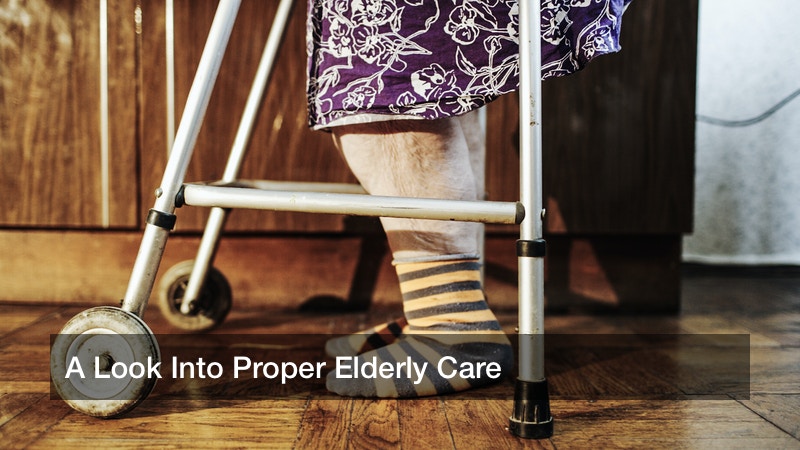
As the Baby Boomer generation ages, the elderly population is skyrocketing. In fact, that statistics on this more than back up this claim, as they show that the population of people at or over the age of 60 is expected to make up more than a full one fifth of the world’s population by the time that we reach the year of 2050. This will mark a jump from elderly people making up only just 12% of the world’s population back in the year of 2015.
This will mean the increase of long term care facilities as well, as many elderly people will be in need of some level of care. As a matter of fact, nearly three quarters of all elderly people in the United States alone will eventually need some form of long term care, even if it is not right when they reach the age of 65 and become classified as an elderly person. The way that they get this long term care, however, will vary.
In some cases, family members will take on the care of a loved one once they are not able to care for themselves any longer. For many elderly people, this is ideal, as many elderly people are hesitant to live in a skilled nursing facility. However, there are a number of different reasons why such a plan for long term care might not be completely ideal, especially in comparison to entering a skilled nursing facility.
For one thing, many family members simply do not have the tools needed to care for their aging loved ones. They also likely do not have the resources to get those tools in the first place, meaning that, despite their best intentions, their loved ones might end up suffering more than necessary. The toll that caring for an aging and ailing loved one can be high for such care takers as well, and can drastically diminish their overall quality of life.
In many cases, dementia is also present, making in home care even more impossible and care at any given skilled nursing facility ideal (fortunately, many a long term care facility is now more equipped to deal with dementia cases than ever before). After all, there are now more than 100 kinds of dementia currently being diagnosed. Most common, of course, is that of Alzheimer’s disease, which makes up more than 85% of all dementia cases. In total, more than 60% of the elderly population will be diagnosed with this type of dementia or another throughout their elderly years.
Dementia can progress quite rapidly and become very severe indeed in a relatively short span of time. Unfortunately, this means that many family members will simply just not have the resources to care for a family member with dementia, something that could impact everyone’s lives quite severely. In such a situation, a skilled nursing facility is likely to be the ideal place for any kind of long term care. These skilled nursing facilities are simply just able to provide things that the typical family member is not, no matter how loving and dedicated they are to the elderly person in question’s care.
For one thing, a skilled nursing facility is likely to provide round the clock care, meaning that the elderly person will be kept safe at all times of the day and the night. Help with basic tasks can be provided in the typical skilled nursing facility as well, thus helping to preserve the overall health of all of the patients, as well as their cleanliness (something that can all too easily be accidentally neglected otherwise). A skilled nursing facility can also provide more recreation and a better sense of overall community than a typical home would, and therefore a skilled nursing facility can even be better for the typical patient’s mental health as well as for their physical health.
Aging can be a hard process, especially when conditions like one of the many types of dementia are involved. Fortunately, a skilled nursing facility can make this process as smooth and as enjoyable as is possible for the elderly person in question as well as for their loved ones and friends.
